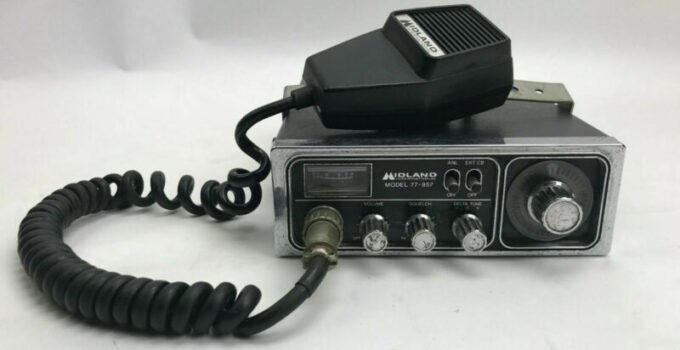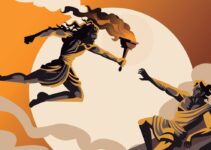When you think of CB radio, the first image that comes to mind is a white man with a beard and long hair driving a big rig on an open road. This is what pop-culture has taught you and what the media has defined it as when it comes to the use of this two-way radio.
But hold on for a second.
Did you know that CB radios were also used by a group of people that have had similarities through its history as it relates to the African American community?
The black community, which is often overlooked when it comes to documenting the history of the CB, was actually one of its biggest advocates during its era. Whether it was to organize a group activity or for people who were on their way to work and saw something bad happening in their community, these devices became an outlet for them to be heard.
And before you know it, CB radios were used all over the US, mostly in black communities. Let’s take a look further into it.
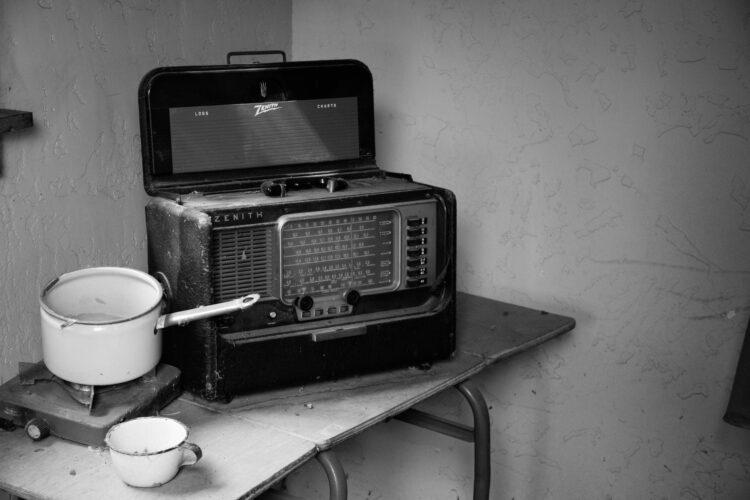
Source: pexels.com
A brief history
CB radio culture developed among truckers in the 1960s, who used the radio to meet other drivers, or for the purpose of entertainment. The use of CB radios became popular among white people who used them for recreational and entertainment purposes but black drivers often embraced the device as a necessity to combat racial hatred and discrimination. Black drivers, in particular, found themselves needing the technology to overcome racial hostility from white drivers by forming online communities called “packs” or “families” that could help them find companions for long rides or warn them about potential danger along their routes.
The radio was brought about as a device that helped people understand that despite the segregated nature of America, people were not alone. It was a platform for people to know that there were people just like them on the road and at the end of the day, it is a form of communication. CB radio allowed for users to share things like road hazards, emergencies and information about cars that may be in their neighborhood. It also helped with pre-travel organization and gave people the ability to plan their road trips. The excitement in the black community was so high that people would tune into national music stars just to catch what they were listening to live.
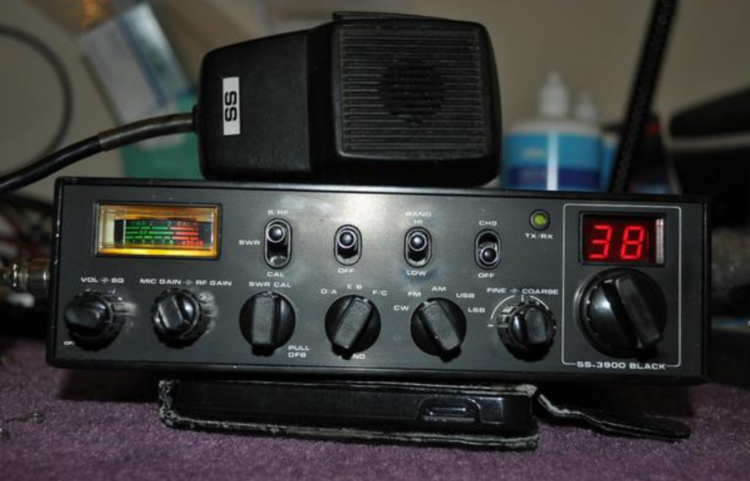
Source: pinterest.com
In the 70s, this was a thriving industry. CB radios were so popular that there were even stores that sold accessories for them. The most popular CB radio in the 70s was the Cobra 29 series, a car radio that has a CB option built in. And like all other CB radios, these were also manufactured to serve white communities because of their general perception of only white people having an interest in CB radio. But despite this popular notion, black people were active users of this forum. In fact, there are records that show that back in 1959, there was a group of black teenagers from Washington, DC who were commonly seen using handheld two-way radios on the streets. In 1970s, CB radios became an integral part of African-American communities despite being marketed to mostly white people. And they bonded on the use of these CB radios during road trips. This created a sort of camaraderie at times since they were able to make friends with other families and keep in touch with one another during long trips.
Regardless of this success, the CB radio craze lost considerable momentum during the 1980s. It is difficult to pinpoint the exact reasons for this decline, but a major contributor was the arrival of more advanced mobile phones with similar functions. The CB radio was replaced by mobiles and car phones that could be used to send and receive messages when vehicles are in motion. This development saw many manufacturers discontinue production of CB radios in favor of newer models.
Even though there were major advancements in technology especially after the 1980s, the CB radios didn’t die out like some other items and goodies that appeared for a brief moment (a couple of years) and allow for some other improved versions to replace them fully.
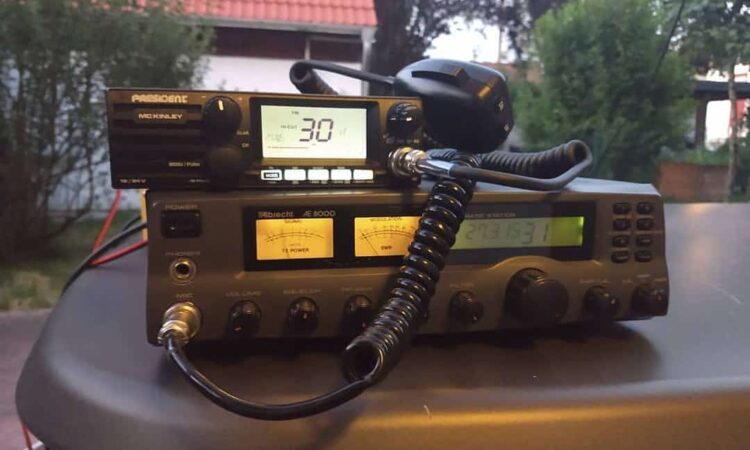
Source: pinterest.com
Final words
CB radios have always been associated with white people since it was portrayed as an “old-fashioned” communication device among white people. “It’s also important to note that CB radios were primarily used for recreation and entertainment for much of their history. But as racial discrimination permeated the nation, minority users soon realized its potential as a tool for empowerment.
Historically, and as portrayed in the media, a CB Radio is synonymous to racism, hate speech, and bigotry. However, the reality is that it was the only communication device for many African Americans for a long time. Before smartphones and the internet dominated, African Americans turned to CB radios as a form of communication from their cars.
Today, CB radios are making a comeback through Radio Shack, Amazon, Ebay and specialized stores such as Wallcotradio.com. Some of the CB radios owners are from the original CB radio generation who have since passed or have moved on from their careers as truckers, mechanics or farmers. The young generation is also seeking ways to connect with others in their community and seeking a way to stay in touch with their families and friends while on the road. This is where mobile devices like smartphones and tablets are stepping up to make sure that communication is easy amongst members of the same community. Moreover, as we are becoming more isolated today, there’s a need for communication and there’s no wonder why these radios are becoming more popular. Most of the people get them out of nostalgia, but they can be put to good use. While they cannot compete against the technology of today, they are still quite cool to have.

